Table of Contents
From Crypto to Tokenization
Blockchain is a major part of fintech and it is clearly the future of fintech. A lot of services in the fintech sector at the moment are not based on blockchain but this will change as time passes. We have discussed what blockchain is, so if you still have any confusions be sure to check out the previous article.
Cryptocurrencies
Bitcoin was the first cryptocurrency to hit the markets. It was launched during the 2008 global financial crisis by a mysteriously named Satoshi Nakamoto. No one knows his true identity but Satoshi Nakamoto may very well have pushed the first rock that started the current crypto revolution.
Bitcoin gave us a taste of what decentralized financial services can do. Bitcoin was dismissed for the first few years, yes it was able to generate traction but the centralized banking system dismissed it simply because bitcoin symbolized the creation of an alternative financial system.
This graph shows the value of bitcoins from 2013 to date. From 2008 to 2017 the value of bitcoin stayed under the $300 mark and then bitcoin saw its first price hike, followed by normalisation in value or in other words a crash. Two years later, bitcoin entered into a mad bullish phase that is still going on.
Now bitcoin is not the only cryptocurrency out there. The whole point of bitcoin was to show that you can create your own currency, as long as you follow the basic protocols. This led to the creation of Ethereum and other cryptocurrencies and soon entrepreneurs realized that they can use the coin creation for fundraising.
So instead of pitching their idea to VCs and other investors, startups started pitching their ideas to the public at large. Crowdfunding thus resulted in the creation of ICOs or Initial Coin Offering, where the startups gave a certain number of coins to the investors for funding them. In return, the investors could benefit from the rise in the value of coins as the startup started churning profits.
This sounds good on paper but as the ICO craze caught on, every startup started opting for coin offering instead of going for the more conventional financing route. The conventional funding route for startups has got fail-safe mechanisms for the investors and these mechanisms exist for a reason. These mechanisms filter out startups that have not figured out their strategy and line of action and force entrepreneurs to make their startups more resilient.
By switching over to the ICOs many entrepreneurs were able to bypass these failsafe mechanisms and filters. As a result, a lot of startups that went for ICOs ended up failing and investors started losing their investment. A lot of these failures were genuine but there were also some people who took advantage of the lack of filters and carried out fraudulent ICOs, where they promised one thing and did not deliver it.
This happened because the coins are not essentially backed up by any tangible asset. As a result the ICO craze soon died down, it was promising but there were a lot of drawbacks for it to continue. Although this impeded the growth of blockchain and fintech it did not stop it. The industry soon realized the problems and came up with a solution.
The Security Tokens or STO’s
Security tokens are issued on the blockchain just like coins but they are backed by a real-world asset. Thus they represent the digitized form of a real-world asset. Coins offered by startups on the other hand were not backed by anything substantial.
Security tokens, act very much like shares. You buy a security token and in return, you get the right to the revenue stream attached with that token. Security token offerings (STOs) are the equivalent of the IPOs in the stock markets. The process of an STO is regulated by a security exchange, the companies applying for an STO have to go through proper compliance procedures and this process is thus both failsafe and has filters to prevent all of the issues that occurred with ICOs.
Yes, security tokens can still be used for crowdfunding but because they are backed by real-world assets, they have value. Furthermore, the process of tokenizing an asset is one that involves regulatory authorities. Which makes security tokens inherently safer as compared to coin offerings.
Tokenization is a process through which the rights of a real-world asset are digitized and sold in the form of security tokens to willing buyers. As evident, the process of tokenizing any asset requires regulatory authorities to give a go-ahead. This makes security tokens safer and compliant with the relevant laws and regulations.
Tokenization, therefore, has the best of both worlds. It carries forward the benefits of ICOs without any of the drawbacks and it also has the features of real-world assets. You can tokenize anything, from an art piece to an entire hotel. Tokenization thus has the potential to unlock vast amounts of liquidity and democratize finance for everyone.
The journey of blockchain from Bitcoin to other cryptocurrencies, to ICOs and now to tokenization has taken over a decade. Investors and stakeholders are beginning to understand the true potential of the fintech revolution and as time passes, new innovations will further speed up this revolution bringing solutions that are going to change the future society.
Are you joining this new revolution?

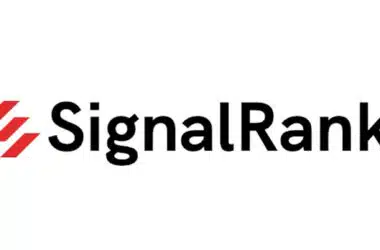
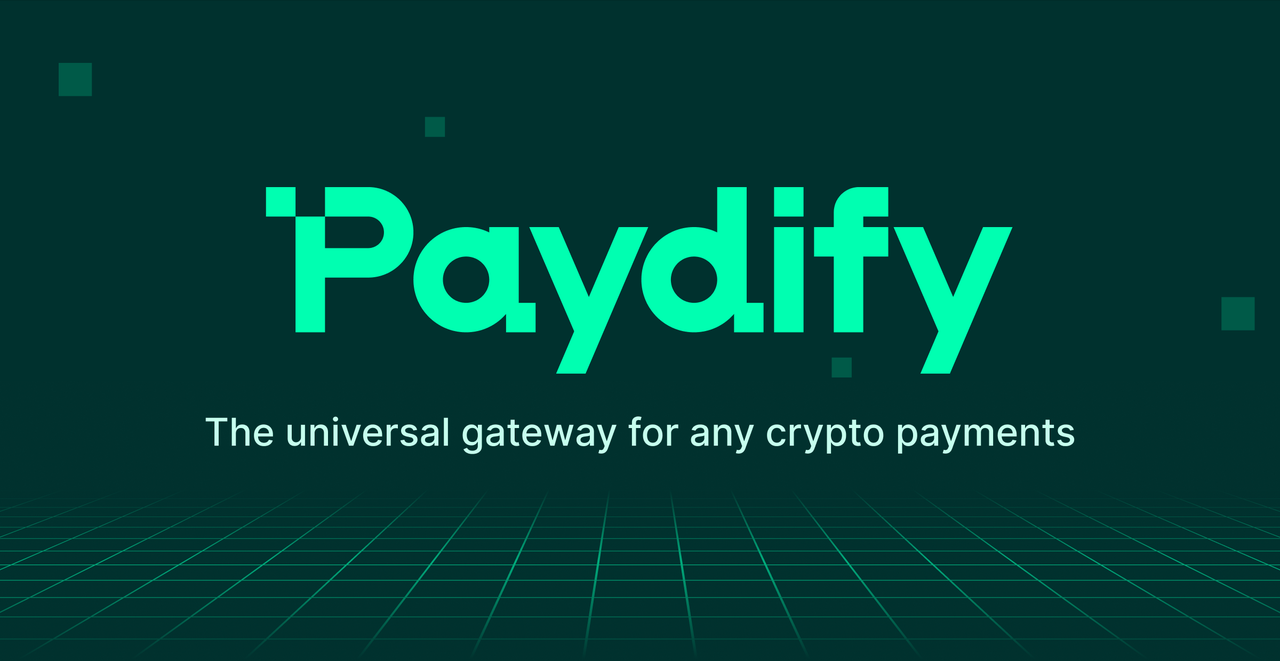
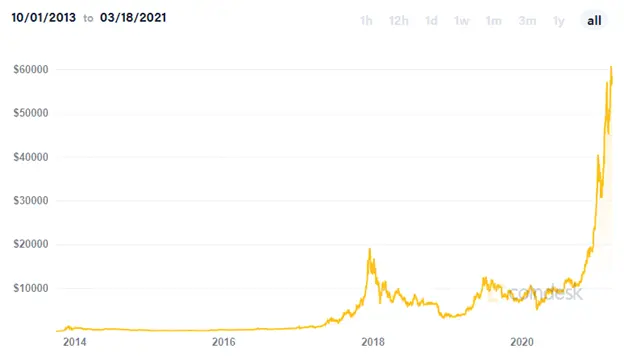





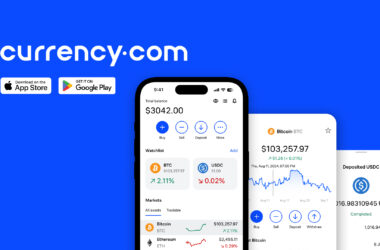



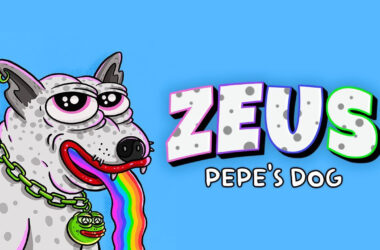


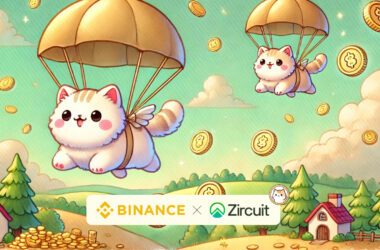
Recent Comments